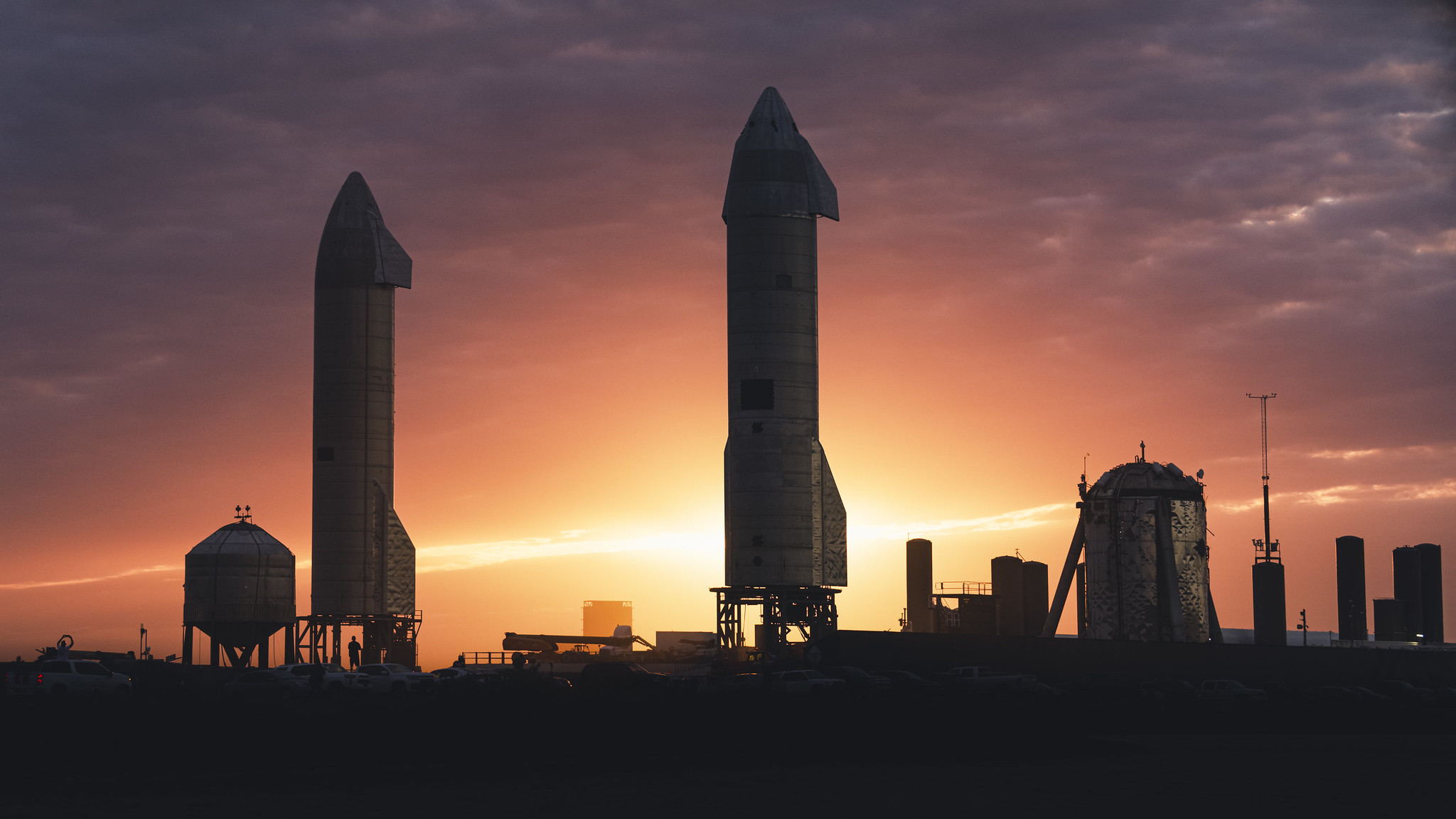SpaceX swapping out engine on Starship SN10 prototype ahead of test flight

SpaceX is switching out one of the three Raptor engines on its Starship SN10 prototype, likely pushing the vehicle's high-altitude test flight back a bit.
The swap decision was made yesterday (Feb. 23), shortly after SN10 ("Serial No. 10") ignited its engines for the first time during a "static fire" test at SpaceX's South Texas facilities.
"One of the engines is suspect, so we’re swapping it out," company founder and CEO Elon Musk said via Twitter yesterday.
Starship and Super Heavy: SpaceX's Mars-colonizing vehicles in images
The static fire was part of SN10's prep work for a roughly 6-mile-high (10 kilometers) test hop into the Texas skies, which could have happened as early as Thursday (Feb. 25). The engine swap will probably delay the flight a bit, but it's unclear how much; Musk did not mention a new timeline.
SN10 will be the third Starship prototype to fly so high. The SN8 and SN9 vehicles performed similar flights on Dec. 9, 2020, and Feb. 2, respectively. Both flew well until the end, checking off many milestones before crashing at the landing zone.
Like SN10's, SN9's path to flight included an engine swap. SpaceX replaced two of SN9's three engines after the vehicle performed three static fires in rapid succession on Jan. 13.
Breaking space news, the latest updates on rocket launches, skywatching events and more!
SpaceX is developing Starship to get people and cargo to the moon, Mars and beyond. The system consists of two reusable elements: a 165-foot-tall (50 meters) spacecraft called Starship and a giant rocket called Super Heavy. The final Starship will have six Raptors, and Super Heavy will be powered by about 30 of the engines, Musk has said.
SpaceX wants a Starship prototype to make an orbital test flight sometime this year. And Musk recently said that he thinks the final vehicle will be operational by 2023.
Mike Wall is the author of "Out There" (Grand Central Publishing, 2018; illustrated by Karl Tate), a book about the search for alien life. Follow him on Twitter @michaeldwall. Follow us on Twitter @Spacedotcom or Facebook.

Michael Wall is a Senior Space Writer with Space.com and joined the team in 2010. He primarily covers exoplanets, spaceflight and military space, but has been known to dabble in the space art beat. His book about the search for alien life, "Out There," was published on Nov. 13, 2018. Before becoming a science writer, Michael worked as a herpetologist and wildlife biologist. He has a Ph.D. in evolutionary biology from the University of Sydney, Australia, a bachelor's degree from the University of Arizona, and a graduate certificate in science writing from the University of California, Santa Cruz. To find out what his latest project is, you can follow Michael on Twitter.
